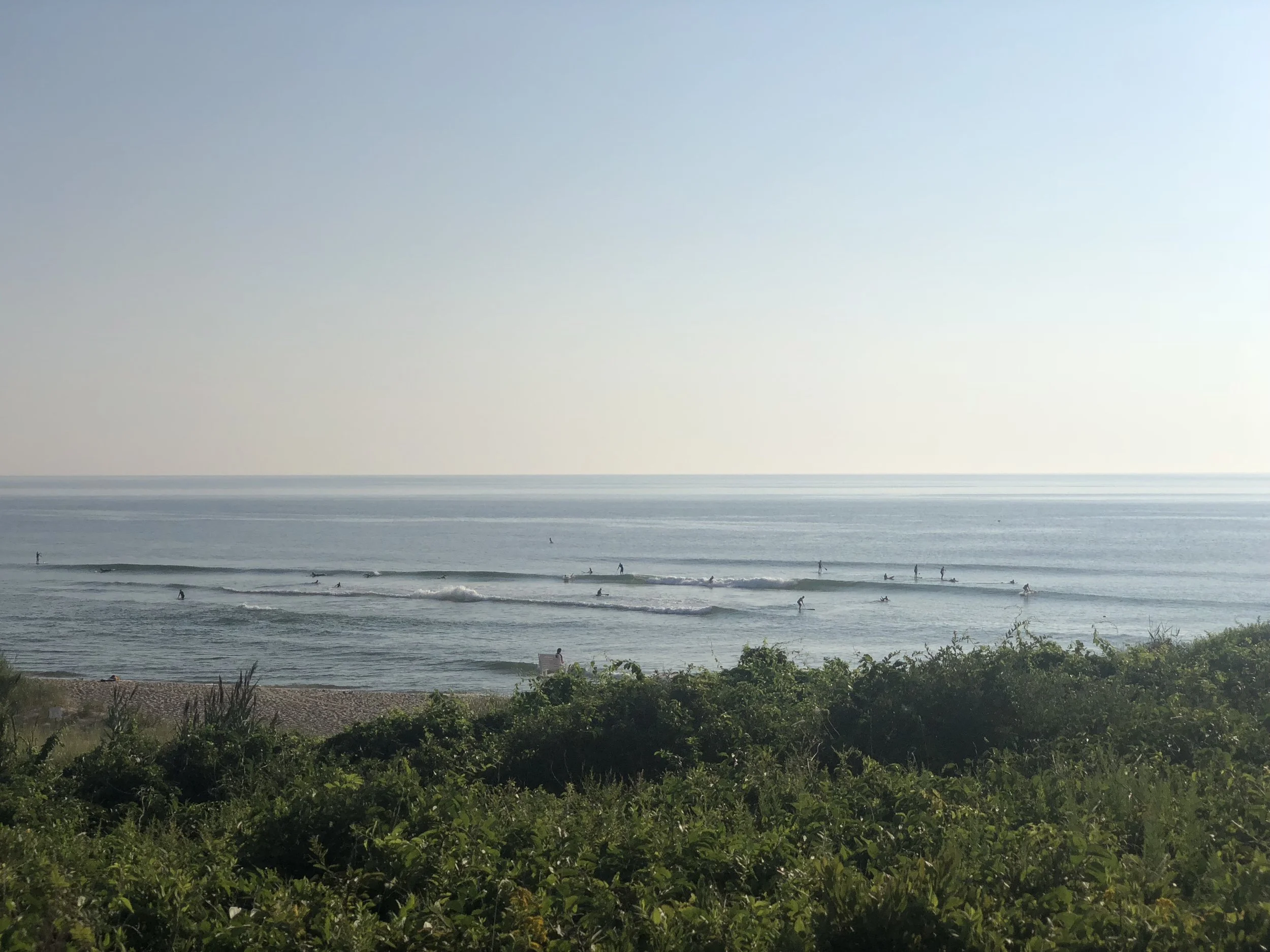Eating three nutritious meals a day can make a huge difference in your daily work out. Whether it's running, weight lifting, or swimming, it is extremely important that you eat the right food fit for your personal workout. Of course you've heard of "carb loading" (bread and pasta) as runners often do the night before a big run. Is this the best idea to do the night before you go stand up paddling?
The reason why runners eat dinners full of carbohydrates before a big race day is because their bodies need a source of energy in the form of carbohydrates to store in their muscles (glycogen) on the race day. The truth of the matter is that your body should already have extra stores of glycogen in your muscles, before your giant spaghetti dinner, especially if you are following a consistent training program. It isn't bad for you, though. Eating carbohydrates can actually help you out as a stand up paddler. For a 150-lb athlete, the goal should be 450-825 grams of carbohydrates per day in order to not over-do it.
But what is good for the stand up paddlers out there?
1. Eating simple carbohydrates within 30 minutes of the end of a workout will immediately replenish lost glycogen stores.
2. A small amount of protein taken immediately after you exercise is sufficient to support muscle repair and immune function. This includes eggs, protein shakes and recovery sports drinks.
3. One cup of orange juice with some raisins right after your day of paddling. It'll give you just the right amount of energy for the drive or walk home until you can get a sufficient meal.
4. As for dinner, try eating a spinach salad with tomatoes, chickpeas, green beans, and whole grain bread on the side with a main course of whole grain pasta and tomatoes.
Eating the right thing can greatly impact the way that you paddle out there. It's important to have a good amount of energy when you're standing on that board!








